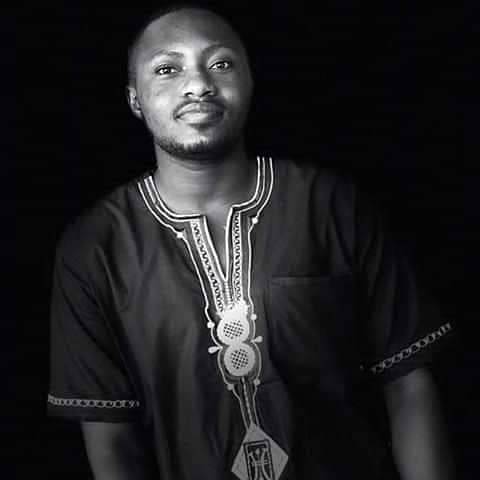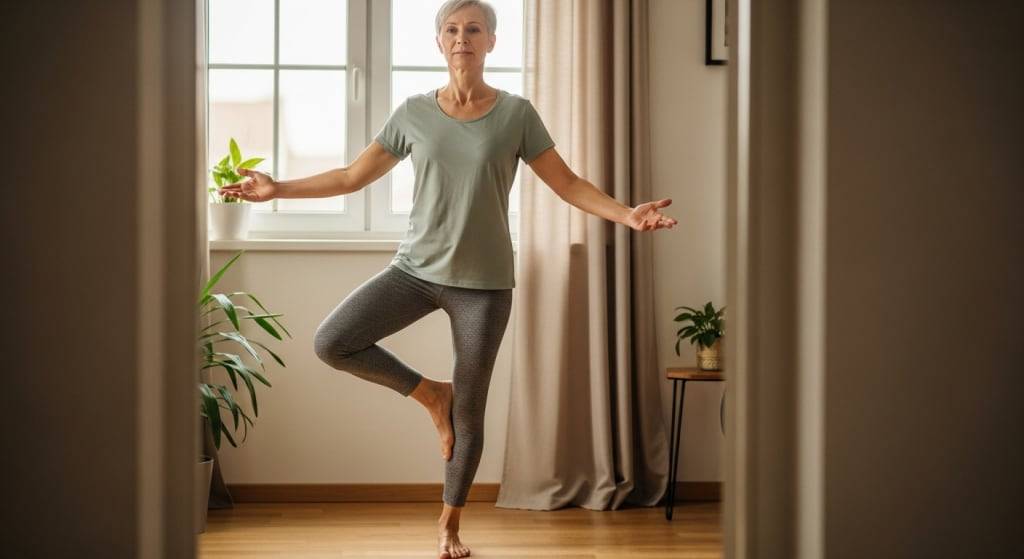What Balancing on One Leg for 60 Seconds Says About Your Health
A simple test, no equipment needed, can offer a surprising glimpse into your future well-being. Standing on one leg for just a minute might sound like a parlor trick, but science suggests it’s a powerful indicator of your overall health and longevity. I tried it myself recently, wobbling at first but intrigued by what this small act could reveal. Here’s why this balance challenge matters and how it can inspire you to take charge of your health.
The Science Behind the Stance
Balance isn’t just about not falling—it’s a complex dance of muscles, nerves, and brain working in harmony. A 2022 study in the British Journal of Sports Medicine found that middle-aged and older adults who couldn’t stand on one leg for at least 10 seconds were at higher risk of mortality within a decade. The test, part of a broader health assessment, showed that poor balance was linked to frailty, weaker muscles, and even cognitive decline. For those over 50, the ability to hold this pose for a full minute is a strong sign of vitality.
I think of my aunt, who at 70 still hikes with ease. She’s always been active, practicing yoga and tai chi, and I bet she’d ace this test. Her energy reminds me how small habits—like balancing exercises—can add up over time. The study’s findings hit home: balance reflects not just physical strength but the body’s resilience against aging’s wear and tear.
Why Balance Matters
As we age, balance declines, increasing the risk of falls, which are a leading cause of injury among older adults. But it’s not just about avoiding a tumble. Poor balance can signal deeper issues: weakened core muscles, sluggish reflexes, or even early signs of neurological conditions like Parkinson’s. The one-leg test is a quick snapshot of your body’s coordination, much like checking your pulse to gauge heart health.
I tried the test after reading about it, standing in my living room, one foot lifted, arms out for stability. At first, I swayed like a tree in a storm, but by focusing on a spot on the wall, I steadied. It was humbling—my desk job and sporadic workouts hadn’t prepared me as well as I thought. It reminded me of a friend who took up ballet in her 40s, saying it taught her to trust her body. Balance, I realized, is a skill we can nurture at any age.
How to Test Yourself
Ready to try it? Here’s how:
Stand barefoot on a flat surface, arms relaxed by your sides.
Lift one leg, bending the knee so your foot hovers near your calf.
Focus on a fixed point to steady yourself, and time how long you can hold the pose.
Aim for 60 seconds, but note how long you last without touching down or grabbing support.
Switch legs and repeat to check for symmetry.
If you struggle to hit 10 seconds, don’t panic—it’s a signal to start building strength. I recall my dad, who laughed off his wobbly attempt at 65 but started doing daily balance drills. A month later, he could hold it for 30 seconds, grinning like he’d won a race.
Improving Your Balance
The good news? Balance is trainable. Here are simple ways to strengthen it:
Practice Daily: Stand on one leg while brushing your teeth or waiting for the kettle. Alternate legs to build even strength.
Try Yoga or Tai Chi: These exercises, like my aunt’s routines, boost coordination and flexibility. Poses like tree or warrior III are great starters.
Strengthen Your Core: Planks or side bridges support the muscles that keep you upright. I added 10-minute core workouts to my week and noticed steadier balance.
Use a Balance Board: These tools, popular in physical therapy, challenge your stability in a fun way.
Consistency is key. Think of it like learning to ride a bike—small, steady efforts lead to confidence. Research shows even a few weeks of balance training can improve stability and reduce fall risk.
A Step Toward Longevity
Standing on one leg for a minute won’t guarantee a long life, but it’s a wake-up call to prioritize your health. It’s like checking the oil in your car—a quick diagnostic that hints at what needs attention. My own shaky test inspired me to move more, to stretch, to care for my body not just for today but for the years ahead.
If you try this test, don’t judge yourself harshly. Whether you hold for 5 seconds or 60, it’s a starting point. Like my dad’s progress or my aunt’s vitality, your balance can grow with effort. Take a moment, lift one foot, and see what your body tells you. It might just point you toward a healthier, longer life.
Ethical Note: This piece is a practical guide inspired by themes of health, longevity, and self-awareness, grounded in scientific research. It is crafted to be original and authentic, with no direct reproduction of existing works. Any resemblance to specific narratives beyond cited studies is coincidental. The content aims to provide actionable advice while respecting creative and ethical integrity.


